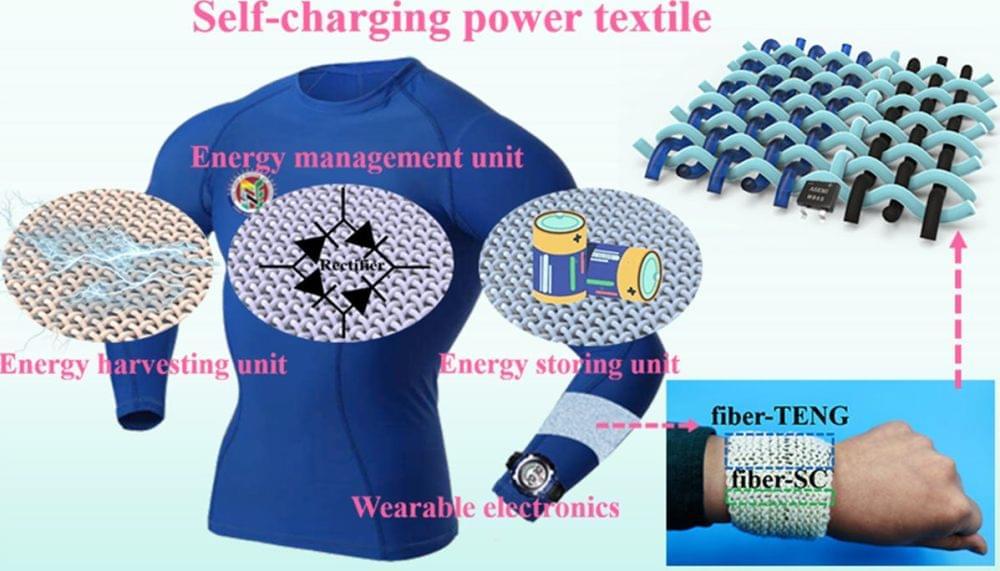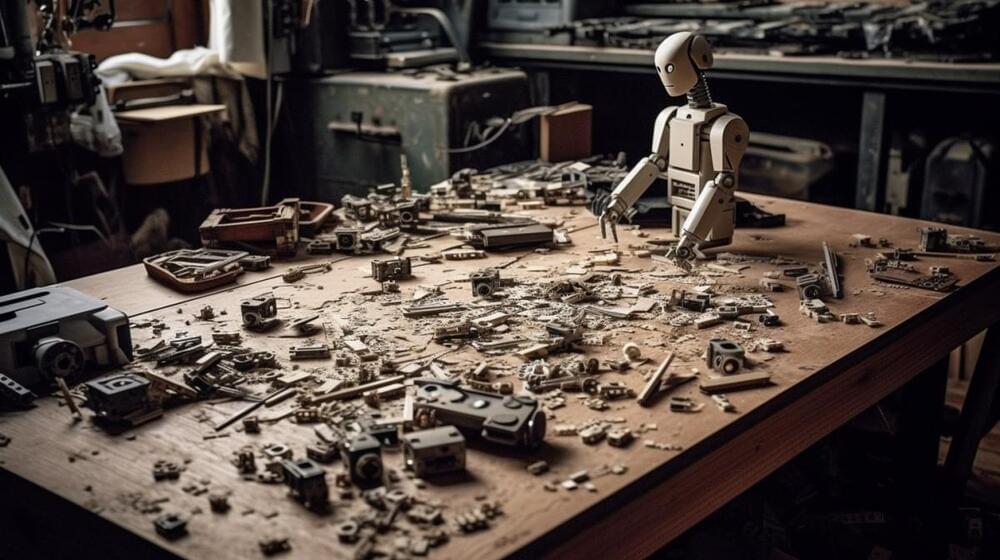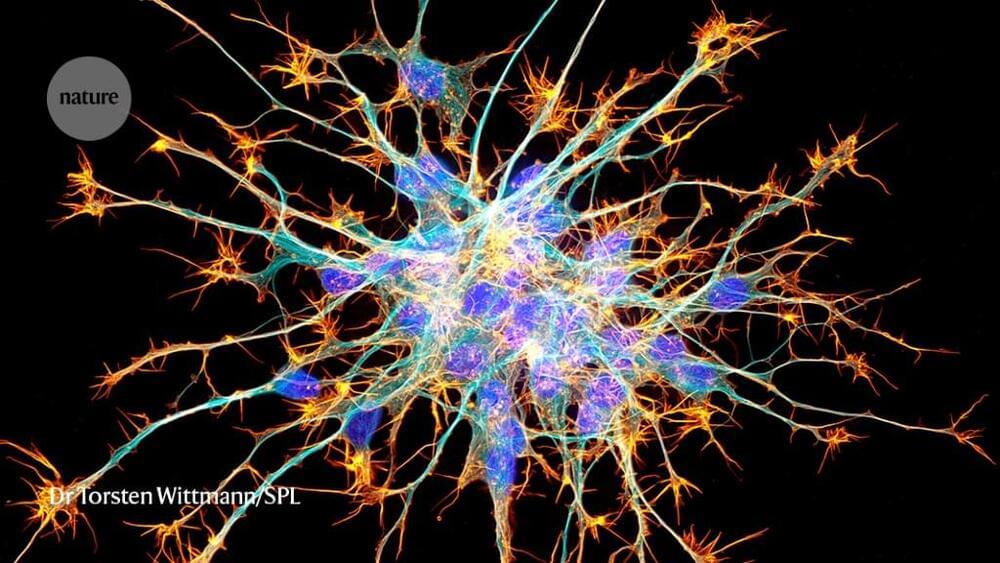Many people love the Raspberry Pi (us included). Not only are the computing boards cheap, but you can do so much with them. Wild, wonderful projects spring up all the time with RPi boards as a central piece. The latest creation to catch our eye might just rank as one of the most astonishing: a truck transformed into a dot matrix printer.
As spotted by Tom’s Hardware, YouTuber Ryder Damen (who runs the channel Ryder Calm Down) uses a Raspberry Pi to control his homebrew “printer,” which involves a pickup truck, water, and a whole array of gear to spell out messages on the ground. Damen calls it “skywriting, but on the road.”
In the video, Damen explains how the idea came to be (watching trucks paint markers on the road), as well as the process of constructing the “printer” and the materials used. A plywood and a trailer hitch form the frame of the rig, with solenoids, valves, and hoses then mounted to the wood to serve as printer parts. The solenoids control the valves—when 12V current is applied to them, they open. Meanwhile, the hoses split the water flow from a central point (a pump and a bucket full of water) to each valve.








